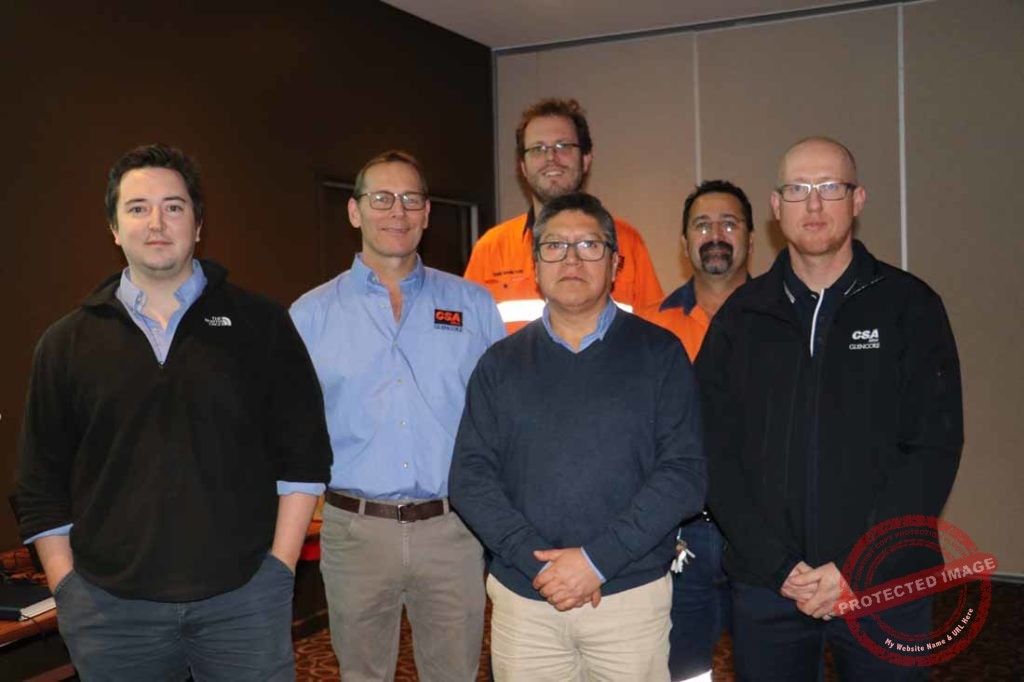
The future of the CSA Mine is looking bright with the mine currently having a life out until 2032.
The addition of four years to last year’s estimate comes after promising drilling results have helped to find and prove new reserves to grow the mine.
The news about the mine’s extended life was delivered at CSA’s community forum last Wednesday at Cobar Bowling & Golf Club.
It was just one of a number of good news reports the CSA management team shared with a group of 30 interested local residents who attended.
In addition to outlining their targeted reserves, mining manager Chris Hamilton spoke about the mine’s infrastructure projects which include: a new headframe and winder system in the No 1 shaft; a complete refurbishment of their No 2 shaft; the commissioning of the paste backfill system; the processing plant upgrade; and primary ventilation upgrade.
“There’s been a significant investment from Glencore in CSA’s future,” Mr Hamilton said.
CSA’s processing manager Jade Buckman gave an update on the mine’s tailings dam (which he said had passed a recent inspection with “flying colours”) before fielding a number of questions from the audience including, whether water restrictions would have an effect on current production levels.
Mr Buckman said production had not been affected by water restrictions as the mine was using bore water to top up the 30 per cent deficit in this year’s water allocation.
Other questions posed to staff at the forum included: “Does the mine have plans to bring water in by road or rail?”
Safety, health and environment manager Steve Marmara said the matter had been discussed as part of the mine’s meetings with NSW Water as a future strategy.
Human resources manager Scott Purdie was asked questions such as “Where do the workers at CSA Mine live?” and “What are the stats on how many drive in/drive out and fly in/fly out workers does the mine have?”.
He said he didn’t have the figures to hand but would be happy to provide them. He said their main contractor Downer’s employees utilised the mining camp.
“We would prefer people to live residential,” Mr Purdie said.
“Part of the challenge is to make the town attractive to families.”

